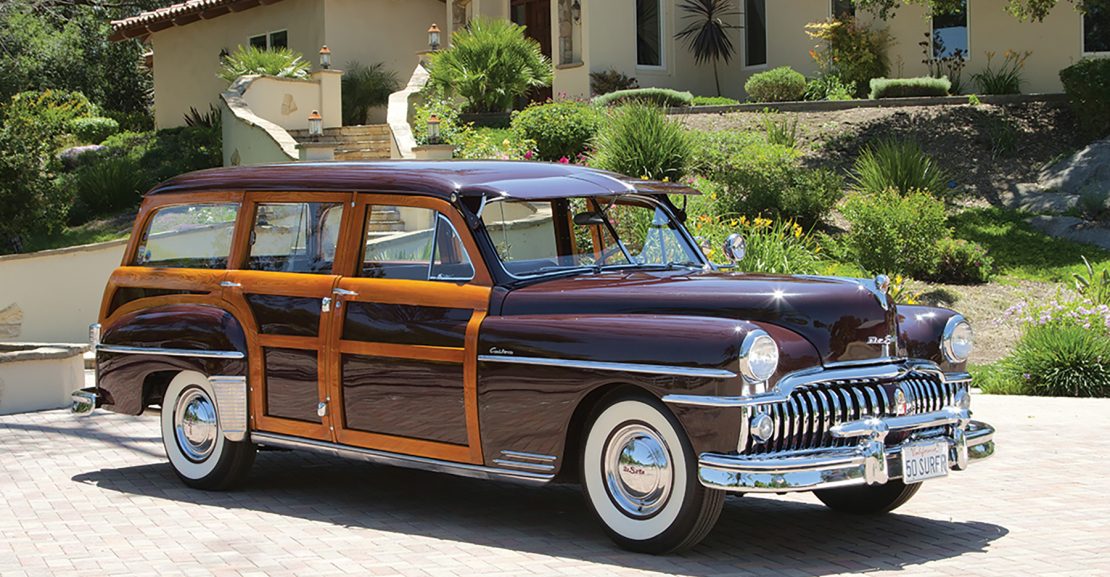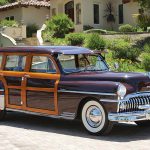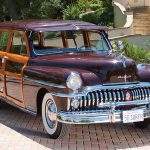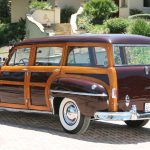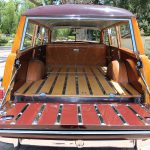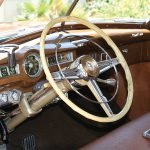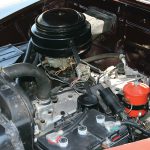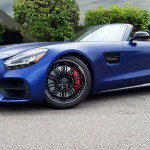
Note: The following story was excerpted from the February 2017 issue of Collectible Automobile magazine
The wood-bodied station wagon was in its twilight years by 1950. It had progressed from commercial depot hack in the Teens and Twenties to something of a status symbol in the Thirties and Forties. Station wagons were just the thing for hunting trips or carrying riding tack to and from the stables. In the 1939 movie Dark Victory, Bette Davis’s socialite-horsewoman character describers herself as part of the “station wagon crowd.”
More from Collectible Automobile Magazine
By then wagons were well styled and crafted. The fine wood suggested yachts and required almost as much maintenance. Proper care meant yearly varnishing but even then the wood could rot, and sections needed to be replaced. Changes in temperature caused wood to expand or contract. Screws and bolts had to periodically be tightened to avoid squeaks and rattles.

Meanwhile, families of more average means noticed that wagons would be good to carry a growing family and its gear. However, the station wagon was often the most expensive bodystyle in a make’s lineup, and nobody wanted to add varnishing the family car to the list of household chores. The steel-bodied station wagon changed that. A new kind of station wagon crowd was more likely to be seen at Scout jamborees or PTA meetings than at horse shows.
Woodie Madness! Classic Ads Featuring Small Wood Sided Wagons

Willys and Crosley built the first steel station wagons, but the Crosley was a tiny subcompact and the Willys was more of a sport-utility vehicle. The first mainstream full-size steel wagon was the 1949 Plymouth Suburban. By 1953, Buick was building the last American wagon with structural-wood construction. However, many people liked the “woodie” look and woodgrain appliqués were applied to steel wagons to evoke a bygone era.
The 1950 DeSoto Custom featured here was among the last DeSoto wagons with real wood. DeSoto followed Plymouth’s lead and replaced its woodie with a steel-bodied wagon late in the 1950 model year. Only 600 wood wagons were built in 1950. Perhaps only two or three restored examples remain.
Woodie Madness! 5 Classic Car Ads Featuring Wood-Sided Rides
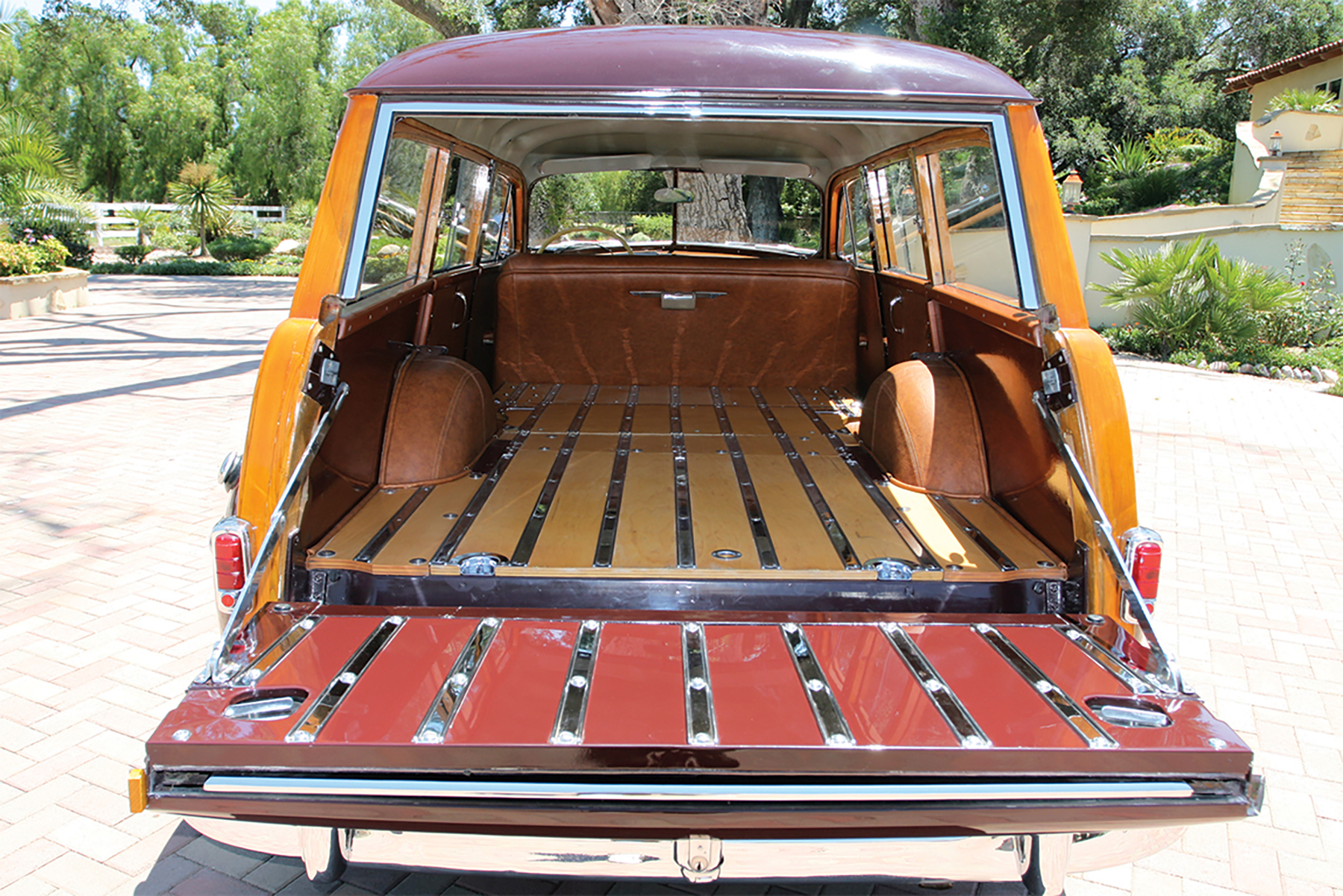
The upright styling beloved by Chrysler Corporation President K. T. Keller worked well on the DeSoto station wagon. For 1950, there was a new variation of the brand’s toothy grille, and a new hood ornament that featured the helmeted head of Hernando de Soto with a plastic face that glowed when the headlights were lit. Underhood was a 236.6-cid L-head six that developed 112 horsepower. The engine was more impressive than its specifications. The six was smooth and a good hill climber. It included a high-compression head, well-engineered ignition system, and low-friction Superfinish internal parts to reduce wear. A three-speed manual transmission was standard on base DeLuxe models, while Customs had a semiautomatic transmission dubbed “Tip-Toe Hydraulic Shift with Gyrol Fluid Drive.”
Photo Feature: 1953 Chrysler New Yorker Town & Country

This car is owned by Jim Edwards of Valley Center, California. He bought it restored, but went through it thoroughly to get it into the condition seen here. The DeSoto won the San Diego Automotive Museum Director’s Choice Award at the La Jolla Concours d’Elegance. Edwards says the wagon is good to drive and climbs hills with ease. “The engine is so smooth it’s crazy. At idle, you don’t know that it’s running,” he says.
Just Your Average 1948 Chrysler Town and Country Convertible…with a V10

Subscribe to Collectible Automobile
1950 DeSoto Custom Station Wagon Gallery
(Click below for enlarged images.)

